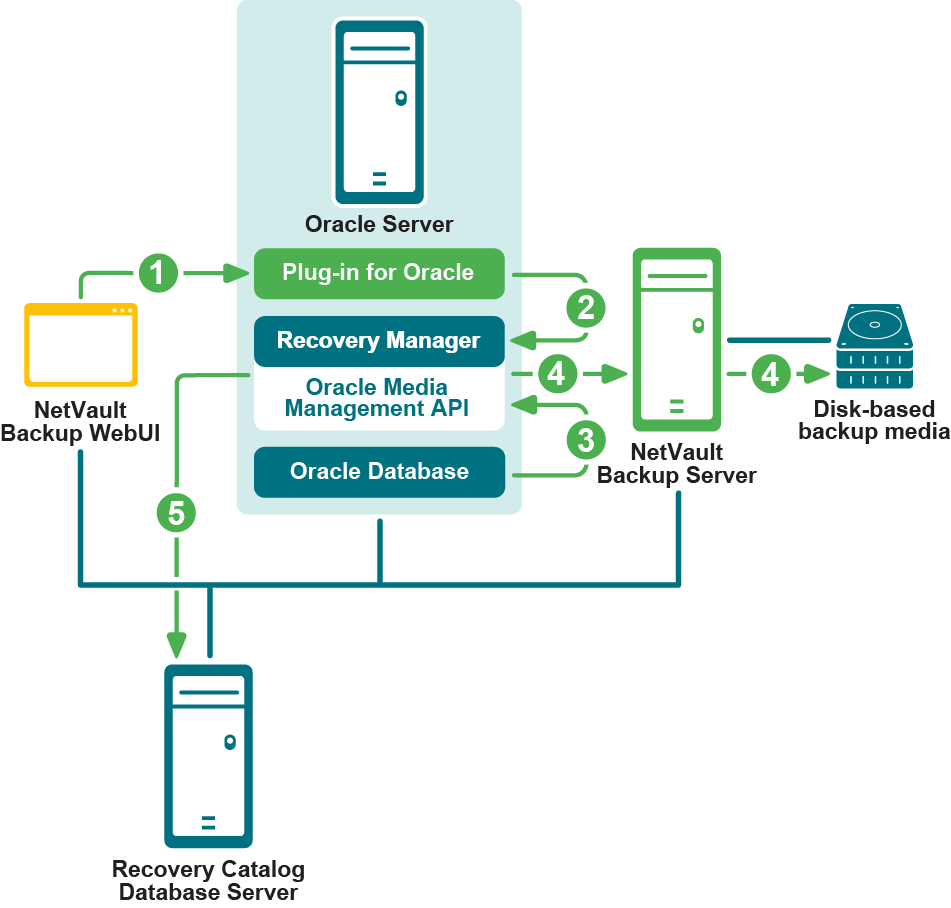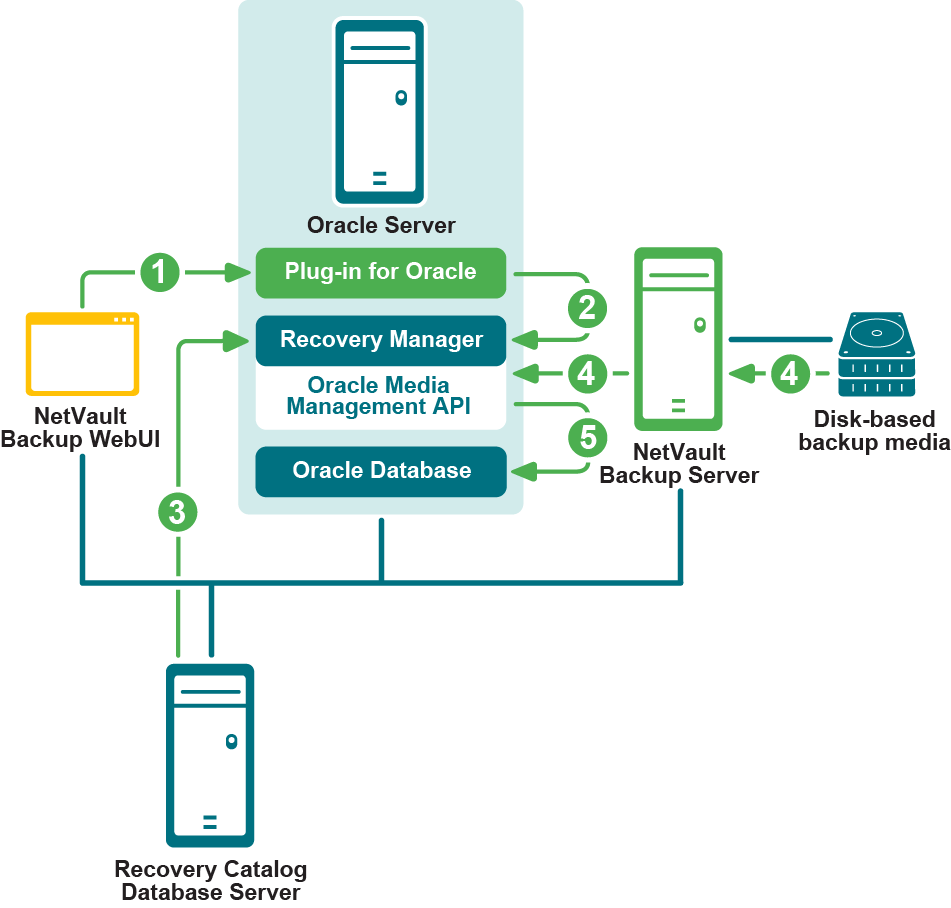Reviewing the available backup methods
Plug‑in for Oracle offers two backup methods: User Managed and RMAN. The plug-in supports implementing a pure User Managed or a pure RMAN-based backup strategy; that is, your backup strategy should include either User Managed backups or RMAN backups, not a combination of the two.
User Managed backup method
Oracle continues to support traditional User Managed backup and recovery. With this method, the files that make up the database are backed up and restored using a combination of host operating system (OS) commands and SQL*Plus backup- and recovery-related capabilities.
The backup-and-restore strategies available with the User Managed method are discussed in the Oracle Database Backup and Recovery Advanced User’s Guide and the Oracle Database Backup and Recovery User’s Guide for 11g.
Recovery Manager (RMAN) backup method
For a feature comparison between User Managed and RMAN backups, see Feature Comparison of Backup Methods in the Oracle Database Backup and Recovery Basics guide. The same guide also discusses the backup and restore strategies available with the RMAN method.
The following figure illustrates the RMAN-based backup process:
|
2 |
Plug‑in for Oracle converts the job definition into the corresponding RMAN backup commands. |
The following figure illustrates the RMAN-based restore and recovery process:
|
2 |
Plug‑in for Oracle converts the job definition into corresponding RMAN restore and recovery commands. |
Reviewing the supported Oracle file types
Plug‑in for Oracle lets you back up the following types of Oracle database files, which are critical to the successful operation of the Oracle Instance:
|
• |
Datafiles: A Datafile is a physical file on disk that was created by Oracle Database and contain data structures such as tables and indexes. A datafile can belong to only one database, and is located either in an OS file system or in an ASM disk group. |
|
• |
Control File: Control Files are binary files that record the physical structure of the database. The file includes: the database name, names and locations of associated datafiles and online redo log files, timestamps for database creation, current log sequence number, and checkpoint information. Protecting the Control File is critical to many recovery scenarios. |
|
• |
Parameter File: The client-side initialization parameter file (PFILE) or the server-side initialization parameter file (SPFILE) for the Oracle database. |
|
• |
Archived Redo Logs: The Oracle database copies full online redo log groups to one or more archive locations on disk, where they are collectively called the archived redo log. Individual files are called archived redo log files. After a redo log file is archived, it can be backed up to other locations on disk or on tape, for long-term storage and use in future recovery operations. Without archived redo logs, your database backup and recovery options are severely limited. Your database must be taken offline before it can be backed up. If you must restore your database from backup, the database contents are only available as of the time of the backup. Reconstructing the state of the database to a specific point is not possible without archive logs. |
|
• |
External Configuration Files: The Oracle database depends on other files for operation such as network configuration files, “tnsnames.ora” and “listener.ora,” and password files. These files need to be protected for corruption or disaster recovery purposes. |


